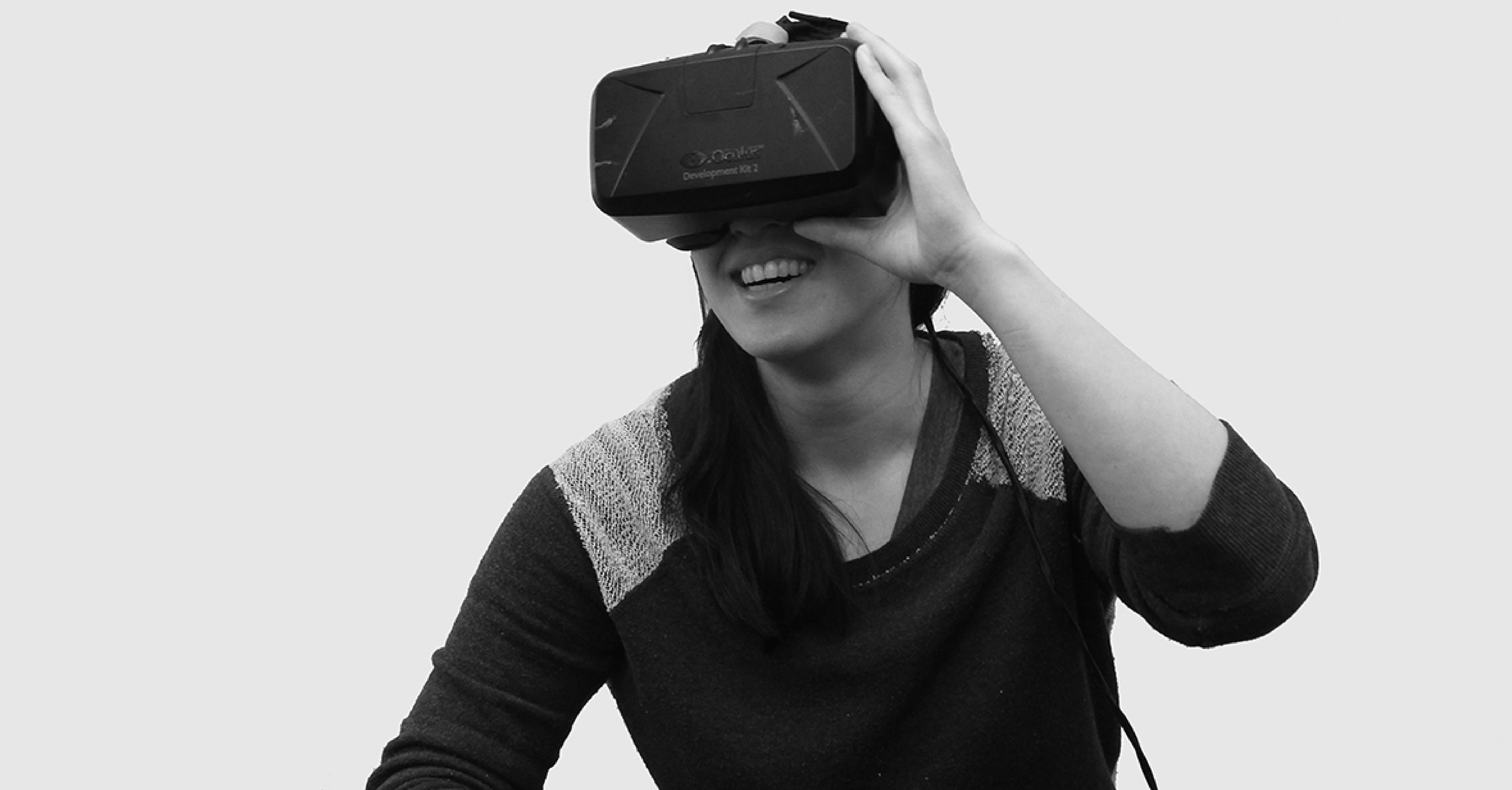BLOG Virtual Reality: Bringing Your Sales Strategy to the New Age
Virtual Reality: Bringing Your Sales Strategy to the New Age
POSTED BY The Prim Pack | Jun 30, 2020

Let’s face it. Technology can often feel like a blessing and a curse, especially for business owners.
Most business owners probably receive multiple emails a week from companies pushing new technological software, products, or services that all promise to grow your business “10x” or the more imprecise, “leaps and bounds.”
While it can be frustrating trying to wade through all the options that scurry to the surface, adopting technology can also be worth the frustration if it leads to options that are great for your team and even better for your customers.
We’ve already shared a few examples of how new technologies can be used to grow your business. However, one technology that is gaining rapid prominence in industries across the board is virtual reality.
What is virtual reality?
Before getting into the nitty gritty of virtual reality (VR) and the benefits it can deliver directly to your business, it might first be of interest to dissect what exactly virtual reality is.
Essentially, virtual reality is a “computer-based simulation of a real environment” and usually involves using special electronic equipment (VR headset or even a mobile device, for example) as a conduit between the subject and the virtual reality experience.
IKEA is an excellent and modern example of a company utilizing virtual reality to help their consumers visualize products within their personal space. All the customer has to do is download the IKEA app, browse the IKEA inventory, and take a photo of the space they’d like to see the product in.
Another example of virtual reality integrating itself in the modern era is through BP. BP uses VR to train their employees on emergency exit and drilling training as well as immersive team training.
The ability for the subject experiencing virtual reality to interact with the virtual world as if it’s seemingly real makes VR a great asset for any business. Furthermore, based on current economic conditions, virtual reality is proving of even higher benefit in a low touch world.
Three benefits for your sales strategy
While virtual reality has proven itself a valuable asset to many industries and teams within those organizations, we want to take a deeper dive into the benefits virtual reality can bring to your sales strategy. Those include, but are not limited to:
- Enhanced experience.
 Virtual reality gives prospects the opportunity to actually experience your company’s products or services, and even better, the possibilities here are almost limitless.
Virtual reality gives prospects the opportunity to actually experience your company’s products or services, and even better, the possibilities here are almost limitless.
When used in home construction, prospects can see what the actual construction of their home might look like, on the lot they’ve chosen, and with the finishes and upgrade chosen. When used in a different industry, a preparatory academy for example, virtual reality can be used to provide extensive tours of the school while also answering real-time questions, just as one might if they were physically present for the tour.
Regardless of how you might choose to use virtual reality, being able to provide this almost tangible experience in your sales process is very powerful for closing deals. - Immediate feedback. As stated above, because prospects can better experience your product or service, they can ask more detailed questions while also providing more constructive feedback during the sales process.
- Money saved. A more tangible experience during the sales process and the potential for more immediate feedback gives both you and your prospect the opportunity to save money during this process.
Because of the experience you can offer a potential customer during the sales cycle, they’re likely to convert more quickly than they would otherwise. As an added incentive, virtual reality can also keep a prospect from requesting costly changes down the road.
Is virtual reality right for your business?
As stated earlier, the use and popularity of virtual reality is on the rise, especially recently, with many businesses seeking out creative ways to use VR to expand their brand, boost engagement, and increase sales.
However, we’d be doing everyone a huge disservice if we glazed over the important details to consider when determining whether or not virtual reality is right for your business. And, to start, it’s important to state from the onset that virtual reality doesn’t come for free.
Virtual reality can be expensive to create and to execute so it’s important to think through your options carefully in order to determine if it’s a worthwhile investment for your business.
Some of the critical factors to consider include:
- Budget. If your team can’t logically afford it, it’s not a viable option for you at the moment.
- Industry. Virtual reality fits a little more easily into some industries than others. Some industries that could likely benefit from this advanced technology are:
- Automotive
- Healthcare
- Tourism
- Construction
- Architecture
- Design
- Real estate
- Retail
- Competition. If your competitors haven’t started implementing this technology, it might be a way for you to set your business apart from the rest!
- Value. It’s not wise to use virtual reality for your business just because it’s the next cool thing. You need to be sure that the investment will be worthwhile in the long run before you commit to this technology.
Adapting Your Business for the New Age of Technology
While you might not decide that virtual reality is a viable option for your business right now, there’s no denying that technological advancements are changing the way people look for and choose businesses.
Your business will have to adapt and grow in order to meet the desires and needs of customers in today’s age. Are you ready?
Give Primitive a call today to set up your free consultation with an expert. 
SHARE THIS POST:

About the writer, The Prim Pack
Primitive is a full-service digital agency specializing in strategy, branding, web development, and technology solutions. With a passion for innovation and a commitment to helping businesses grow, our team crafts digital experiences that make an impact.